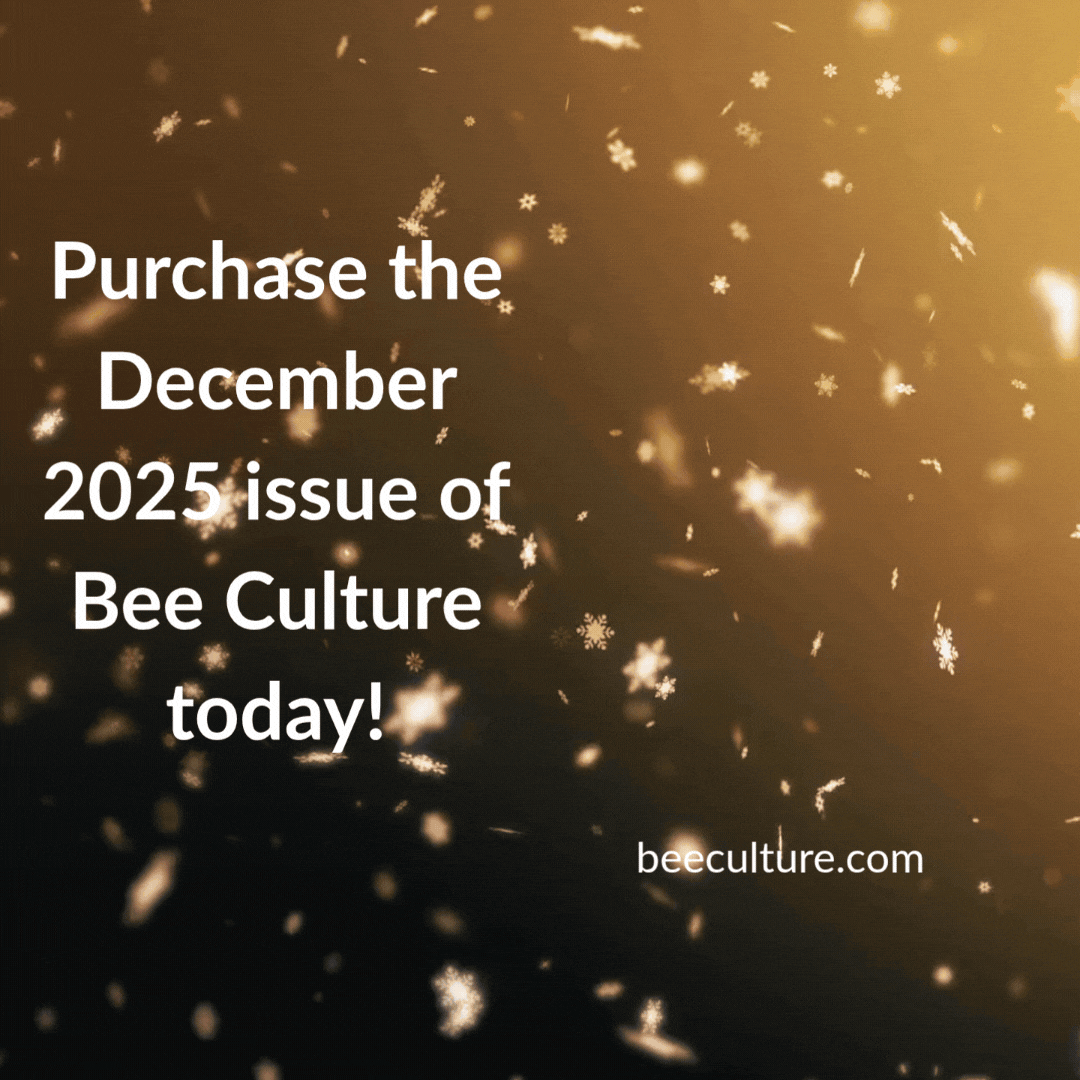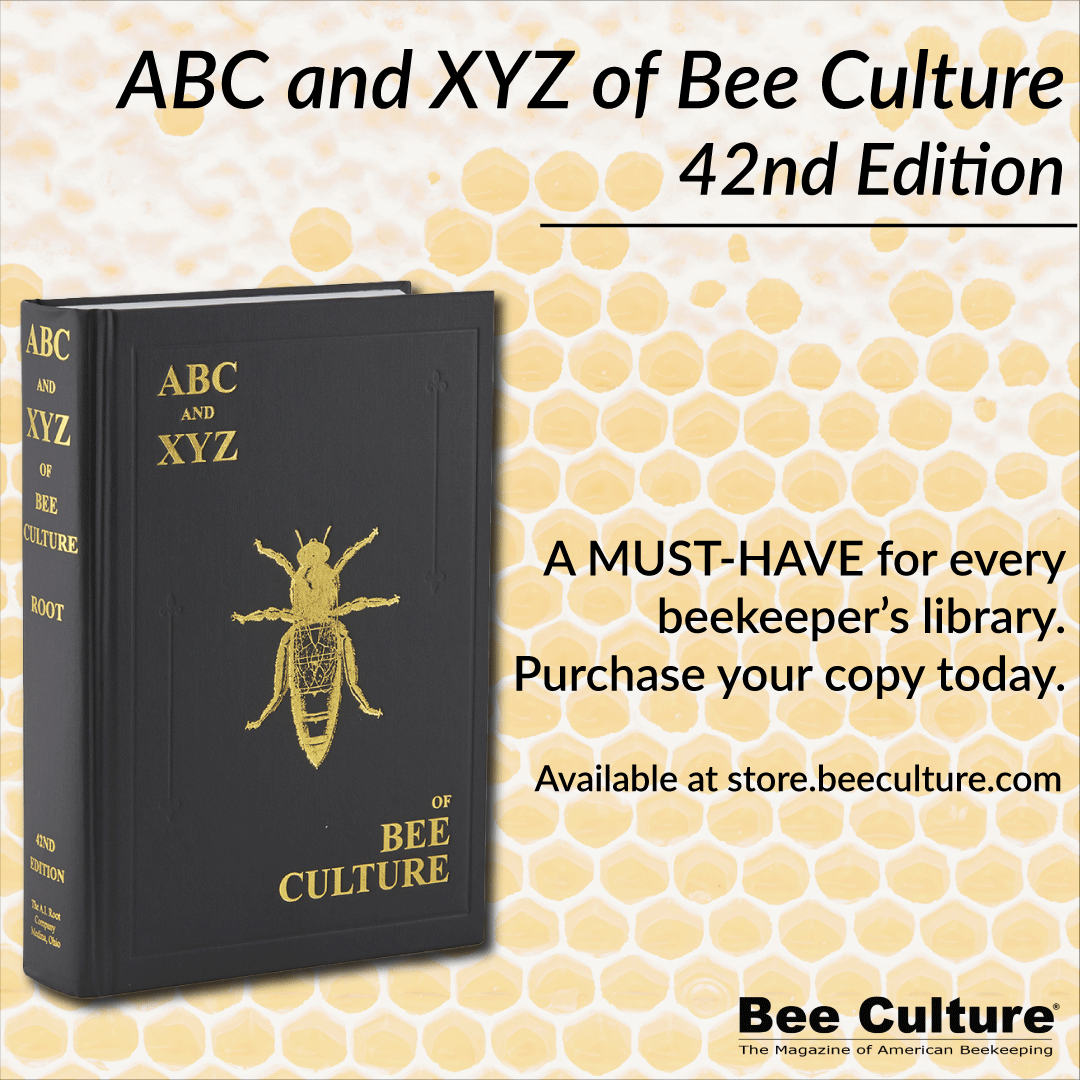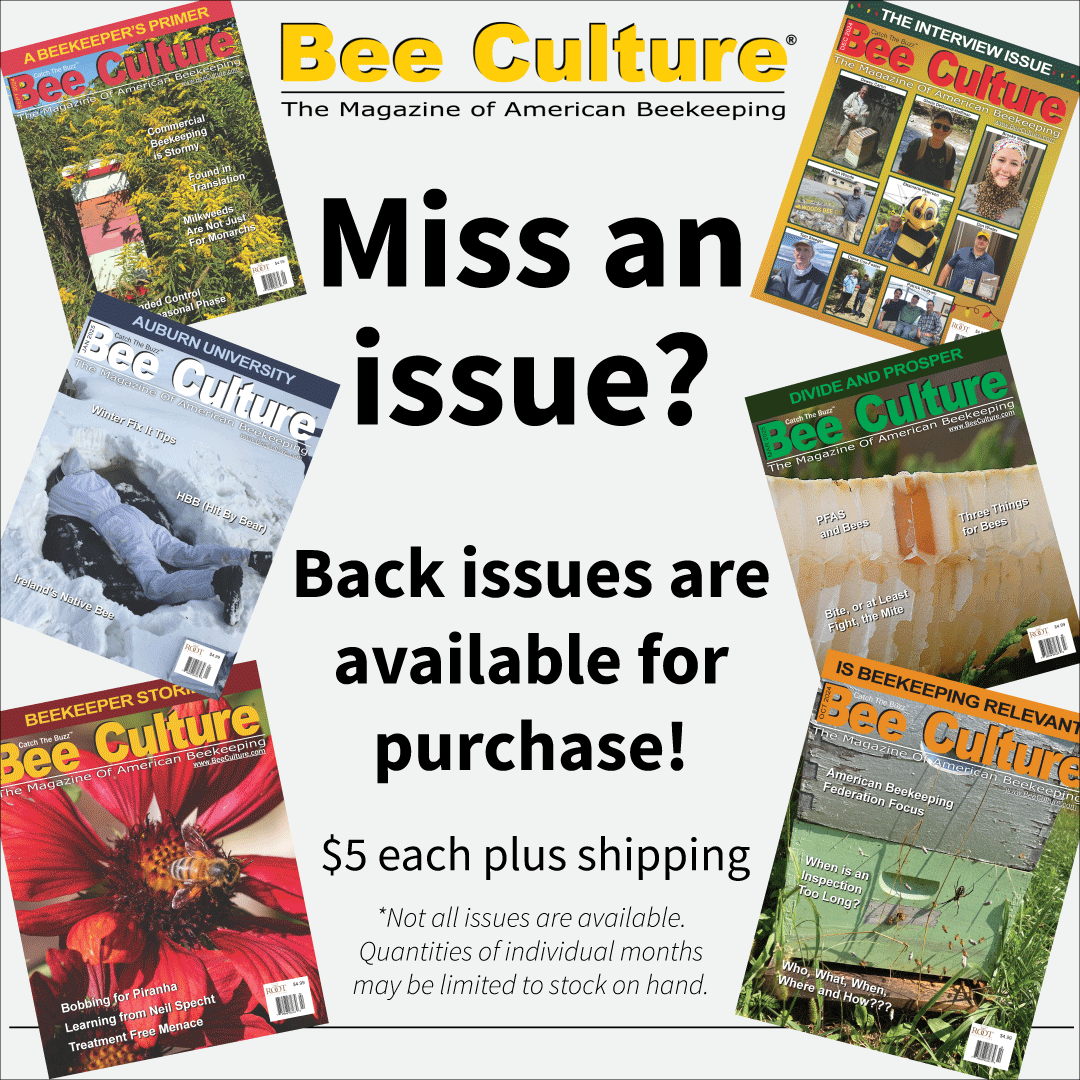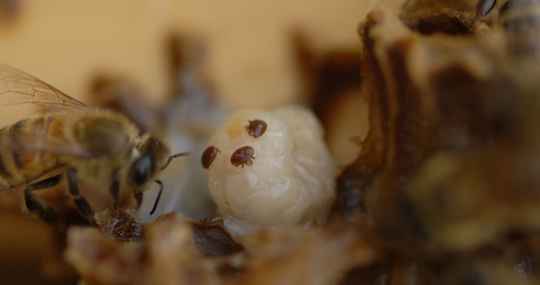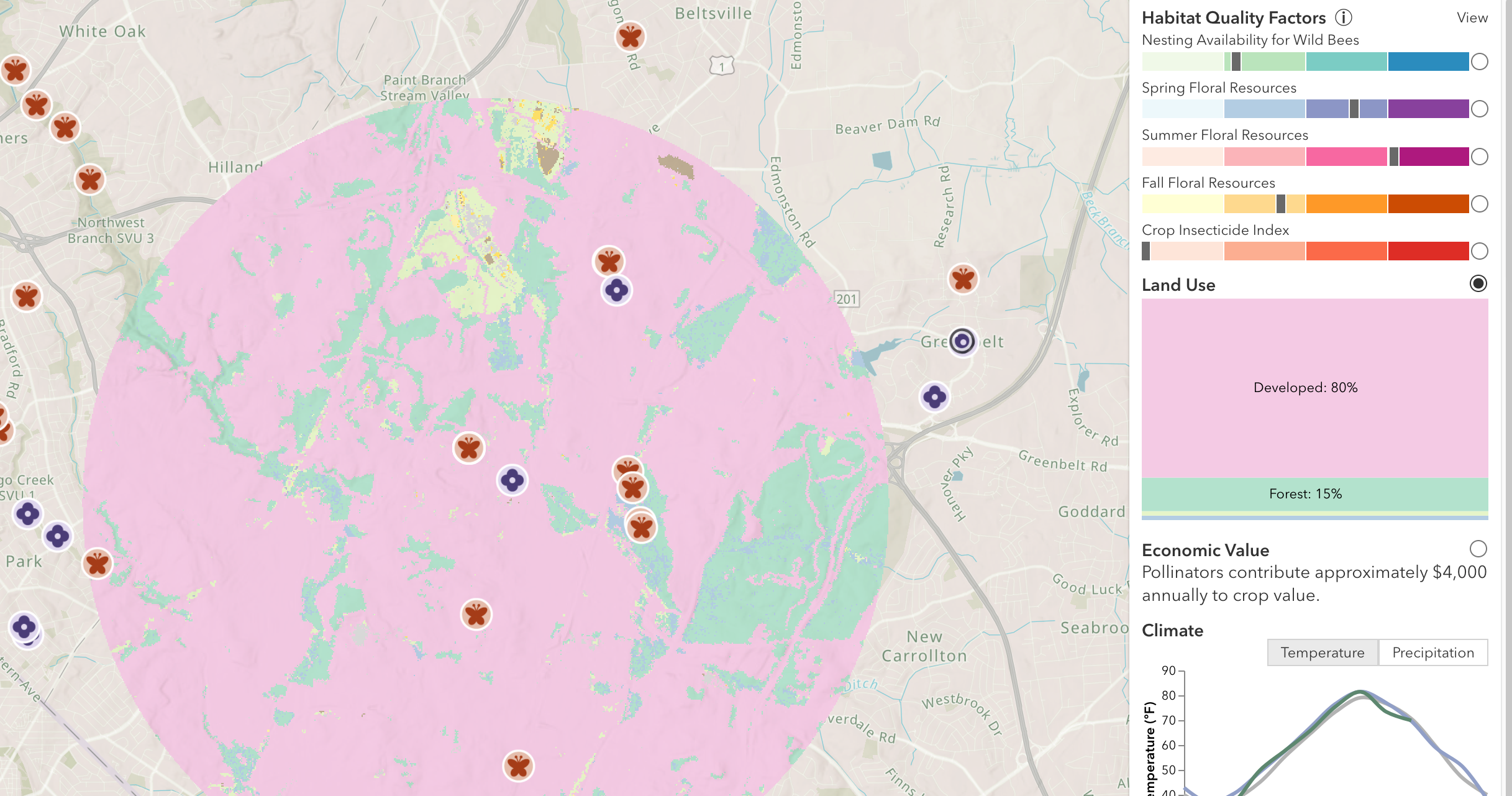Click Here if you listened. We’d love to know what you think. There is even a spot for feedback!
Read along below!
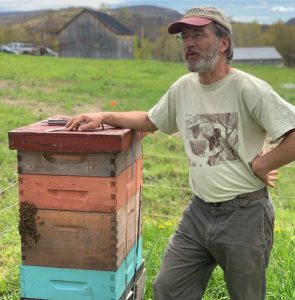
Treatment Free Menace
When Beekeepers Become A Menace to Their Craft
By: Ross Conrad
A reoccurring matter of debate is the complaint that treatment-free beekeepers harm those apiculturists that are practicing “the best way to keep bees” and conscientiously taking all the recommended management precautions to control mites in their colonies. By not regularly monitoring and treating for mites, treatment-free beekeepers can create mite bombs where colonies become overrun with Varroa and as the colony’s population dwindles the mites migrate on drifting and robbing bees to infest other nearby hives.
Treatment-free beekeeping is what most apiculturists would prefer to practice, and almost everyone was treatment-free prior to varroa becoming established globally. Those who treat for mites today, do so primarily as a way to try to help their bees survive. By applying treatments beekeepers are considered good neighbors to other beekeepers nearby. By preventing colonies from becoming a source of mite and pest infestation, beekeepers that treat and stay on top of mite and other issues provide a service to other beekeepers in the area and are considered to be more humane as they may spare colonies from suffering unnecessarily.
Beekeepers that withhold varroa treats from their hives believe they have good reasons for going treatment-free. They point out that historically honey bees have survived just fine for millennia after millennia without human intervention, including a previous time of global climate upheaval.
Beekeepers that don’t treat their hives for mites hope their lack of action will assist honey bees in eventually developing a natural resistance to mites and avoid creating colonies of bees that are totally reliant upon constant human intervention to survive. Many of these beekeepers criticize the rapid pace of pesticide resistance that some of today’s treatments create in mites. It is hard to find any beekeeper that wants to contribute to the defilement of hive products with the pesticide residue contamination that occurs from some of today’s commercially approved mite treatments, not to mention those that are illegally used in an off-label manner. The potential for pesticide contamination has helped fuel a growing market for hive products that are harvested from colonies that are treated humanely and without toxic chemicals and antibiotics.
It’s important to note that some treatment-free beekeepers will NEVER intervene in any way. In my mind this is not really treatment-free beekeeping as much as it is creating a place for a colony to simply live out its life much as a feral colony would. Other treatment-free beekeepers are open to interventions like feeding to prevent starvation, taking steps to discourage swarming, harvesting honey, and even destroying the existing colony by killing the queen and re-queening while allowing the existing workers to maintain the hive while the new queen replaces the current bee population with genetically different and unrelated workers and drones.
Treatment-free beekeepers that are open to intervening in their colonies vary widely in their approach to dealing with varroa mites. Some do nothing at all for mite control and rely on honey bee genetics, natural swarming, and perhaps a screened bottom board to combine in a way that prevents mites from causing their colonies to collapse. All too often however, their bees die out within two to three years, unless their colonies start out mite free and they are located in a relatively isolated place that restricts mite migration into their hives.
Most treatment-free beekeepers use a form of management to control mites rather than introduce foreign substances into the hive. This group is generally divided into two camps: one that trusts in colony genetics combined with highly efficient and consistent splitting of surviving colonies in order to replace and stay ahead of colony losses; the other relies on a combination of management techniques (screened bottom boards, brood breaks, culling drone brood, and rotating out old combs as well as some level of genetic tolerance) to keep mites in check. This combination of hive management approaches can result in colony-wide mite control that is just as effective as commercial treatments. This fact may negate the “mite bomb” issue that is so often the basis for the criticism directed toward treatment-free beekeepers.
I have also observed that while mite bombs may be a concern in places where bees can forage freely all year long, in the northern tier of the United States, my experience indicates that mite bombs appear to be of little to no concern. Due to the prolonged dearth of Winter and the brood break that is common in northern hives, mite levels in Spring are very low. This has proved true every time I have monitored mite levels, even when colonies have gone into Winter with high mite levels. The time of year when varroa levels in the north are able to increase to devastating levels in susceptible hives that go untreated, typically occurs in September and October, the time of year when the weather becomes increasingly unfavorable for foraging. As a colony collapses from high mite loads in Autumn, the cold weather provides few opportunities for foraging bees from surrounding colonies to spread the mites as they take honey from weak and collapsing hives, and in the process, transport mites back to their hives. The only northern colonies that are typically at high risk of collapsing from mite infested hives (mite bombs) are those that are in the same bee yard where drifting bees and robbing foragers can easily access a hive overrun with mites even when the weather is marginally warm enough to do so.
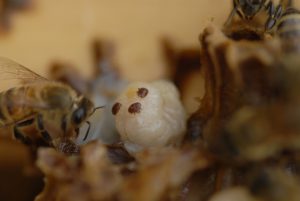
“When a mite bomb spreads mites to all the colonies in the neighborhood, who is to blame: the owner of the colony that collapses from mites, or the receiving beekeeper that does not address the increase in mites in time to stem the damage the growth in mite population causes?” Chelsea Green/ Ross Conrad Bees
So who are the beekeepers that are a menace to the industry? Is it those beekeepers that continue to use highly toxic synthetic chemical treatments (both legal and illegal) that contaminate beeswax and sometimes even honey, and slows down the natural evolutionary development of bees that exhibit natural mite resistance? Could it be the migratory beekeeper that transports wax moths, small hive beetles and untold numbers of bee pathogens around the country? Maybe it’s those who sell and use synthetic beeswax combs (sold under the misleading trade name ‘BetterComb’) that is contaminating the commercial supply of pure natural beeswax simply for the convenience of being able to buy fully drawn out frames of comb any time they want?
The beekeepers that are universally considered a true menace to their fellow beekeepers are those that fail to identify and control American Foul Brood in a timely manner: the most deadly and contagious of all the honey bee diseases. This is the primary reason why a national honey bee inspector program was developed and implemented in almost every state in the U.S. It is these beekeepers that present a clear threat to their fellow apiculturists.
Rather than being a menace to beekeepers, treatment-free beekeepers are uniquely placed to be able to experiment and take the kind of risks that larger commercial operations are uncomfortable adopting, and in doing so they provide a service to the beekeeping industry.
When it comes to being a threat to their fellow beekeepers, treatment-free beekeepers simply do not fit the bill. Even in warm southern climates where mite populations are almost constantly growing and foragers active all year making mite bombs a real threat, the responsibility is still on the colony owner, as the caretaker of the hive, to be on top of the mite problem. When we blame others for our own failure to stay on top of what is happening in our hives and keep mite levels under control, aren’t we simply attempting to shift blame away from where the blame truly belongs? Is it possible that those that treat for mites really wish they didn’t feel like they have to, are not really that comfortable with their practices and this leads them to take out their frustrations on those beekeepers that are doing what they wish they could do? Could it be that the real menace here are those divisive individuals who are blaming other beekeepers for their colony losses?
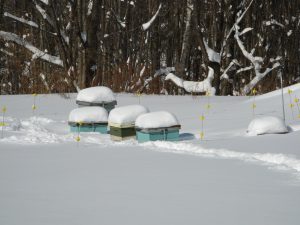
“Beekeepers in northern regions are rarely impacted from mite bombs since the time when mite populations typically grow so large they cause colonies to collapse coincides with the time of year when few opportunities exist for foragers from other hives to drift to or rob out collapsing hives.”
Pointing fingers and directing anger at others is not usually the most productive way to solve a perceived problem. In reality, when we express anger it is usually because we have become scared; in this case scared of losing all our bees. I would suggest that this blame game distracts from the pervasive toxic chemical residue issues that mounting evidence indicates is the primary cause of widespread industry losses that have skyrocketed since 2006. It is also interesting to note that feral colonies present the same theoretical mite bomb problem that treatment-free beekeepers do, but they are seldom the target of blame or criticism.
Rather than point fingers and place blame, it would be better to remember that everyone is always doing the best they can – there are no bad guys here – we are all wearing white hats (or white veils as the case may be). Every beekeeper loves their bees and tries to provide for them the best they can in their own unique way based upon their life experience and personal limitations. We also need to keep in mind that a person’s best is constantly changing with their level of knowledge; the amount of time and other commitments they have that may distract from timely bee management; their personal state of health; the level of financial pressure and solvency they are experiencing, and their beekeeping goals among other things. It is unfortunate that for some, the best they can do at this challenging point in their beekeeping journey is to accuse others of making things more difficult for them.
“The best way to keep bees” should not be about tradition, ideology or some one-size-fits-all best management practice, but about respecting biology and evolution, showing consideration for a colony’s natural instincts, and honoring the personal philosophy, beliefs goals and abilities of the beekeeper who is responsible for the bees.


